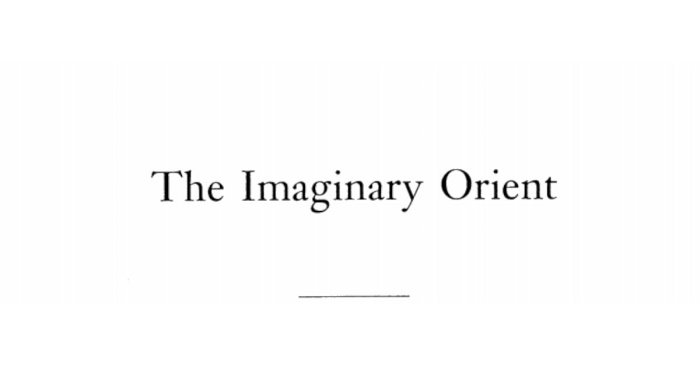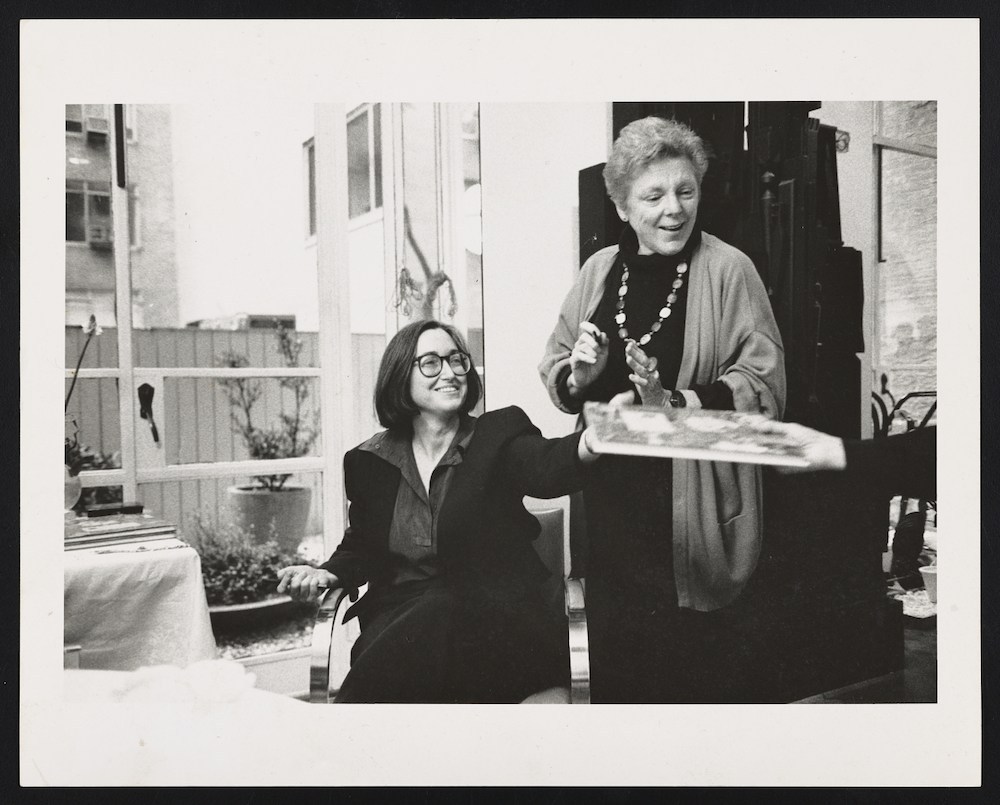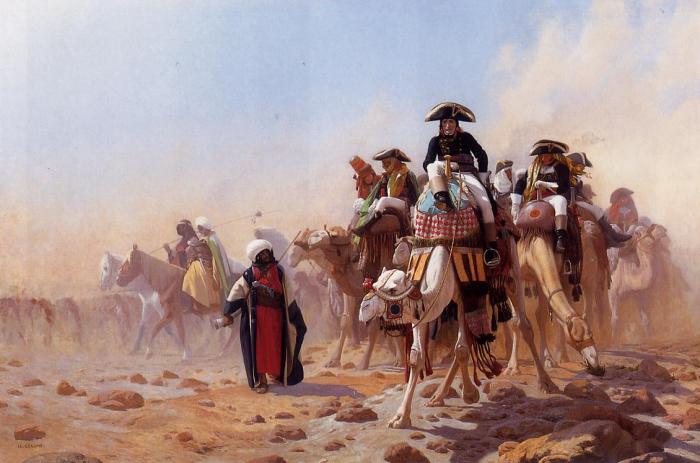The imaginary orient linda nochlin – Linda Nochlin’s “The Imaginary Orient” challenges the West’s construction of the Orient as an exotic and feminized other. This essay examines how Orientalism shapes art, culture, and our understanding of the world.
Nochlin argues that the Orient is often represented as a place of mystery and sensuality, and that this representation serves to reinforce Western power dynamics.
The Orient in Linda Nochlin’s Essay

In her seminal essay “The Imaginary Orient,” Linda Nochlin argues that the Orient is a construct of the Western imagination. She defines the Orient as a “mythical and exotic realm” that is often seen as the antithesis of the West.
Nochlin argues that the Western gaze on the Orient is characterized by a sense of superiority and a desire to control.
Examples of Orientalist Representations
Nochlin provides numerous examples of how the Orient is represented in Western art and literature. These representations often depict the Orient as a place of mystery, sensuality, and violence. For example, in the painting “The Abduction of Europa” by Titian, Europa is shown as a beautiful young woman being abducted by Zeus in the form of a bull.
This painting reflects the Western view of the Orient as a place of sexual conquest.
Nochlin’s Critique of the Western Gaze
Nochlin argues that the Western gaze on the Orient is deeply problematic. She argues that this gaze is based on a false dichotomy between the West and the East. Nochlin argues that the West is not inherently superior to the East and that the Orient is not simply a place of mystery and exoticism.
She calls for a more nuanced and respectful understanding of the Orient.
Orientalism and the Female Body: The Imaginary Orient Linda Nochlin

Nochlin argues that the Orient is often feminized in Western representations. She argues that women’s bodies are used to symbolize the Orient as a place of sexual conquest. For example, in the painting “The Harem” by Jean-Auguste-Dominique Ingres, women are depicted as passive and submissive objects of desire.
This painting reflects the Western view of the Orient as a place where women are oppressed and exotic.
Implications for Women
Nochlin argues that the feminization of the Orient has negative implications for women both in the Orient and the West. In the Orient, women are often seen as inferior to men and are subjected to violence and discrimination. In the West, women are often exoticized and objectified.
Nochlin argues that this objectification of women is a form of violence.
The Impact of Orientalism on Art and Culture
Orientalism has had a profound impact on the development of Western art and culture. Orientalist motifs have been used in painting, sculpture, and literature for centuries. These motifs have shaped our understanding of the Orient and our place in the world.
Examples of Orientalist Influence
Examples of Orientalist influence can be seen in works of art such as the Taj Mahal in India, the Great Wall of China, and the paintings of Vincent van Gogh. These works of art reflect the Western fascination with the Orient and its exotic cultures.
Shaping Our Understanding of the World
Orientalism has also shaped our understanding of the world. The West has often seen itself as superior to the Orient and has used this belief to justify colonialism and imperialism. Orientalism has also influenced our understanding of gender and race.
The West has often seen women and people of color as inferior to white men.
Postcolonial Perspectives on the Orient

Postcolonial scholars have challenged the Western construction of the Orient. They argue that the Orient is not a real place but a construct of the Western imagination. Postcolonial scholars have also argued that Orientalism has been used to justify colonialism and imperialism.
Critiques of Orientalism
Postcolonial scholars have criticized Orientalism for its essentialism, its exoticization of the Orient, and its justification of colonialism. They argue that Orientalism is a form of cultural imperialism that has had a negative impact on the Orient and its people.
Challenging the Western Gaze, The imaginary orient linda nochlin
Postcolonial scholars have also challenged the Western gaze on the Orient. They argue that the West has no right to define the Orient and that the Orient should be allowed to speak for itself. Postcolonial scholars have called for a more nuanced and respectful understanding of the Orient.
General Inquiries
What is the “imaginary Orient”?
The imaginary Orient is a concept coined by Linda Nochlin to describe the way in which the West has constructed the East as an exotic and feminized other.
How does Orientalism shape art and culture?
Orientalism has influenced the development of Western art and culture in a number of ways. For example, Orientalist motifs have been used in painting, sculpture, and literature to create a sense of mystery and exoticism.
What are the implications of Orientalism for women?
Orientalism has often feminized the Orient, and this has had a number of implications for women in both the East and the West.